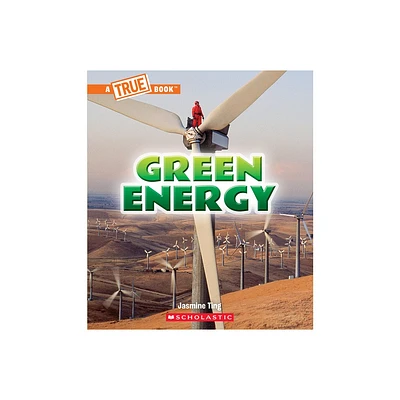Home
China and the U.S.: Comparisons of Green Energy Programs and Iron and Steel Production
Loading Inventory...
Barnes and Noble
China and the U.S.: Comparisons of Green Energy Programs and Iron and Steel Production
Current price: $110.00


Barnes and Noble
China and the U.S.: Comparisons of Green Energy Programs and Iron and Steel Production
Current price: $110.00
Loading Inventory...
Size: OS
*Product Information may vary - to confirm product availability, pricing, and additional information please contact Barnes and Noble
China is the world's most populous country with approximately 1.3 billion people. It has experienced tremendous economic growth over the last three decades with an average annual increase in gross domestic product (GDP) of 9.8% during that period. This rapid economic growth has led to an increasing demand for energy, spurring China to add an average of 53 gigawatts (gw) of electric capacity each year over the last ten years to its power generation capabilities. China is also the world's largest producer and consumer of coal, with about half of its coal use being for electricity generation. In fact, coal provides over 70% of China's current electricity needs, and fuels much of the new power generation capacity being built. While many of these new coal plants are among the most technically advanced in the world, the burning of coal results in sulfur dioxide, nitrogen oxides, and particulate emissions which contribute to air pollution, and greenhouse gas emissions linked to global climate change. The current and potential future environmental consequences of burning coal are a major reason China has been actively seeking to increase its renewable energy capabilities. When current rates of use are considered, limited domestic reserves of coal, natural gas, and oil provide another impetus for change. However, China's announced intent to rely on domestic, sustainable solutions for its growing energy needs has led to a focus on developing “green” or renewable energy resources. In contrast to China, some argue that the United States does not have a comprehensive national policy in place for promotion of renewable energy technologies, with some observers saying that the higher costs of renewable electricity are not conducive to market adoption. However, for both countries, the reasons for increasing the use of renewable energy are diverse, and include energy security, energy independence, cleaner air, and more recently anthropogenic climate change, sustainability concepts, and economic development. Creating new, higher quality jobs could reasonably be said to be primary drivers of policy goals in both the United States and China.


















